Dao vs Katana: Comparing China and Japan’s Famous Swords
NO AI USED This Article has been written and edited by our team with no help of the AI
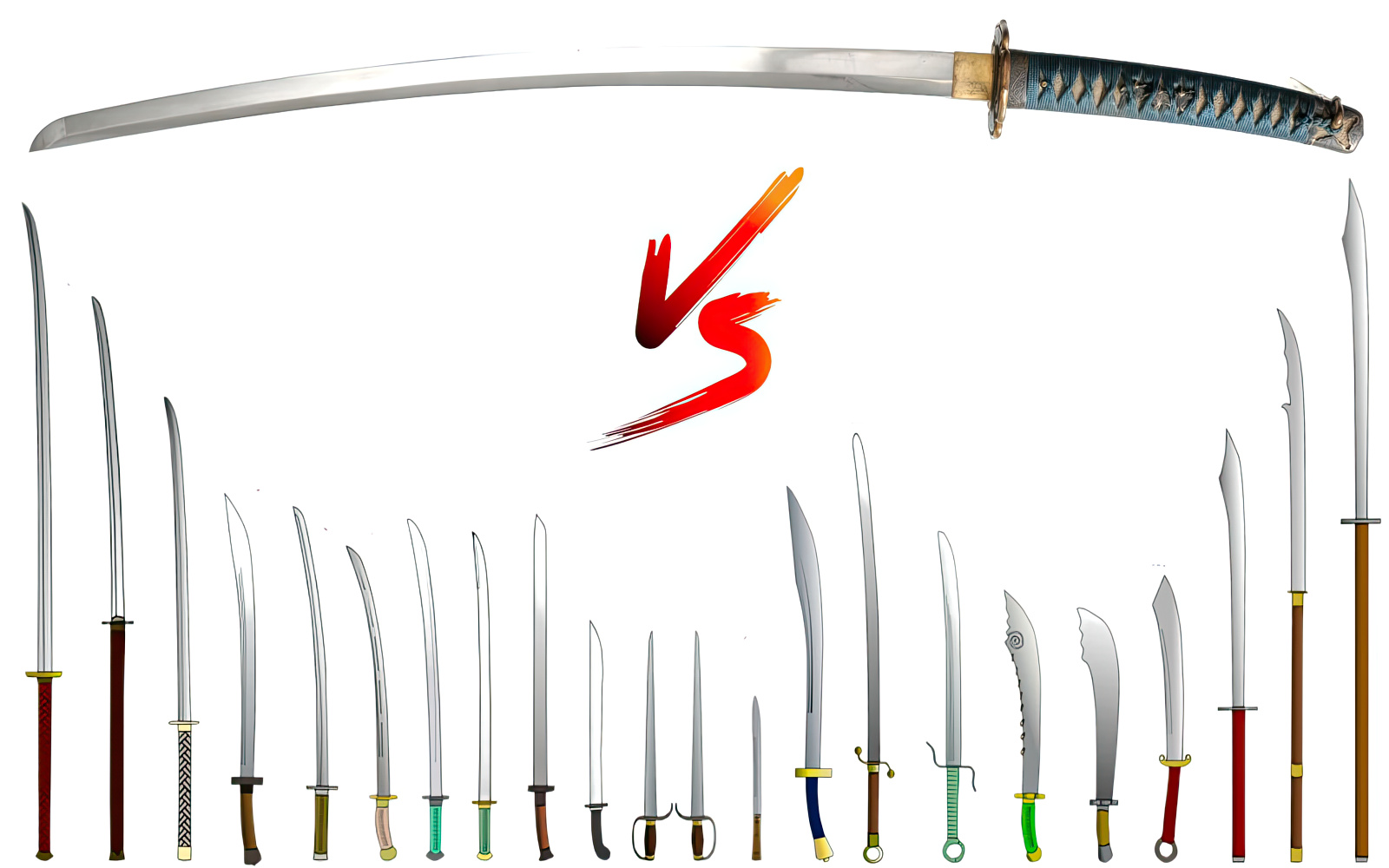
The dao and katana are renowned swords from East Asia, known for their powerful cutting abilities.
The dao, a category of Chinese swords, has been in use for over 1,500 years and played a pivotal role in the development of East Asian swords. Meanwhile, the katana is a Japanese sword wielded by samurai warriors for centuries and has since become one of Japan’s cultural icons.
This article examines the dao and katana, their designs, histories, uses in battle, and impact on both culture and media.
How Different Are They?
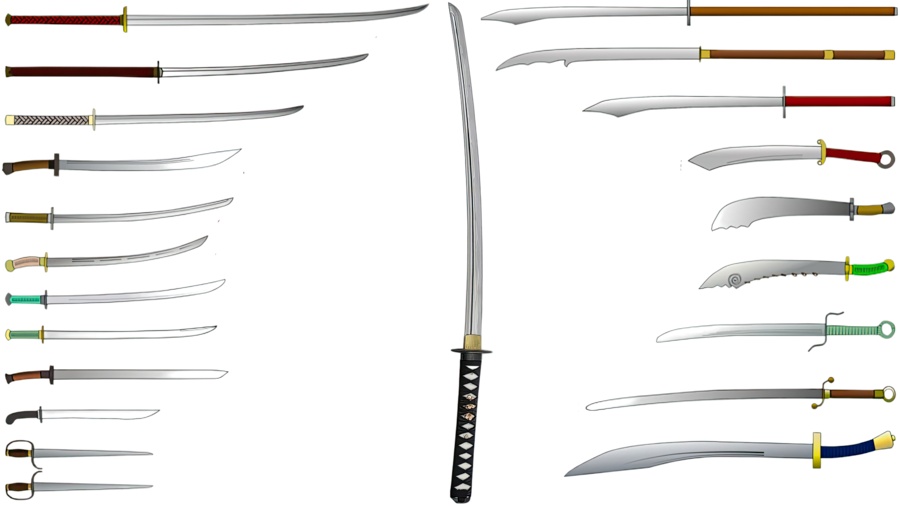
Dao
As previously mentioned, the Chinese dao is a category of swords with its blade design varying over the centuries, ranging from straight to curved, short to exceptionally long, slim or broad, and more. Dao examples include the straight tang dao, curved liuyedao, tip-heavy dadao and more.
However, those of the Ming period and later generally share the following characteristics:
- Blade: Moderately curved, single-edged; Some have a few inches of the back edge sharpened
- Hilt: Wooden core; Typically one-handed (two-handed versions are also available); Sometimes curved in the opposite direction of the blade; Cord wrap offers better grip
- Fittings: Guards are usually disc-shaped to prevent fluids (water or blood) dripping down the handle; Some have ring pommels
- Accessories: Pierced hilts may have addition of lanyards, tassels, or scarves

Katana
The katana became more practical during the Muromachi Period (1336-1573 CE). Unlike the dao, its blade length was formally standardized under the Tokugawa shogunate’s regulations.
- Blade: Slightly curved, single-edged; 2 shaku (23.9 inches or 60.6 cm) or longer
- Hilt: Wooden core; Usually 10 to 12 inches (25 to 30 cm)—ample room for two-handed grip; Covered with ray skin and wrapped tightly with cord.
- Fittings: Often elaborately decorated guard for aesthetics, balance, and protection; Seppa (spacers) and habaki (blade collar) to secure the blade in the scabbard
- Accessories: Lacquered wood scabbard; Sageo (cord) to secure the scabbard to one’s belt, and more.







Dao or Katana: Which is Better for Combat?

Both the dao and katana are primarily cutting and slashing swords with thrusting capabilities.
Dao Swords
Depending on the type, the dao can be either one- or two-handed.
Since one-handed dao generally have handles curved in the opposite direction of the blade, it allows for smooth and fast transitions, exceling at agile slicing/cutting attacks. Some dao have double-edged tips, enhancing their thrusting ability.
Suitable on foot, horseback, with a shield, or even dual-wielding techniques, its versatility ensured its use even during World War 2.
Two-handed dao types have many similarities with the katana, specifically developed to counter Japanese wokou pirates wielding them.
As Sifu Kiel, a Chinese martial arts instructor, explains that katana-like swords were being produced in the Ming Dynasty, not just out of appreciation for the blade’s appearance, but for the actual need of self-defense. The idea was to fight fire with fire using blades with Japanese style design.





Katana Swords
Katanas are renowned for the precision and speed due to their compact length and blade-edge alignment with the target, resulting in deep cuts.
Their size also made them versatile, serving as a reliable primary or secondary weapon as required. Designed to draw and attack in a single motion, samurai could deliver a lethal strike in under a second.
Historical Significance
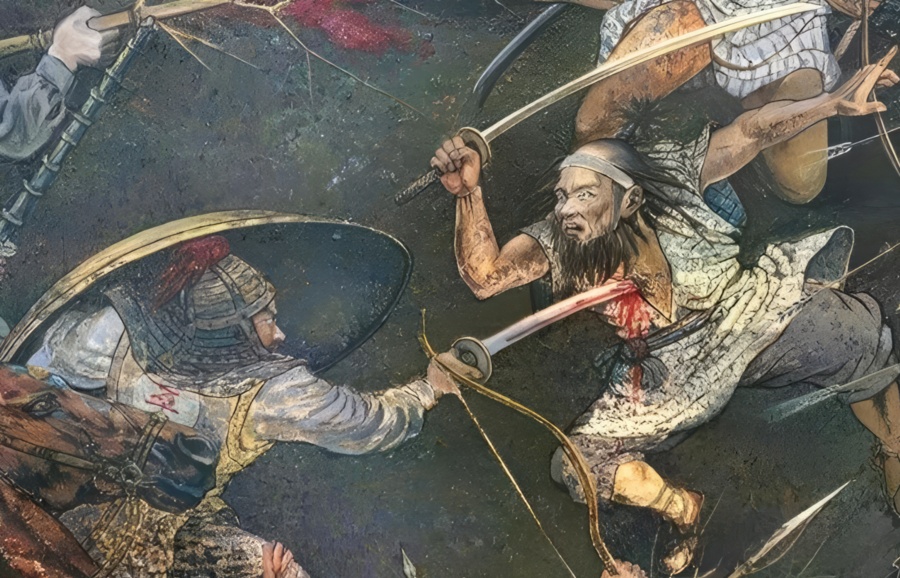
The dao was used as early as the Han Dynasty but only became prominent at the start of the Tang Dynasty. Known as “General of Weapons”, it significantly inspired the the design of various swords across Asia, including the Japanese tachi and katana.
According to The Scholar General, a Youtube channel that explores Chinese military history, technology, weapons, armor, and martial arts, the dao was exported to Japan during the Tang Dynasty and became the foundation for the world-famous katana.
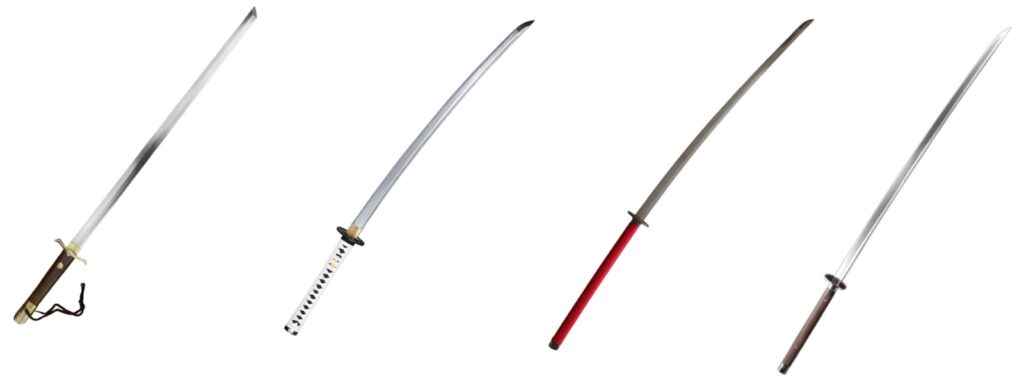
In comparison, the katana was more of a secondary weapon, even during Japan’s warring period known as Sengoku Jidai. It eventually played a more cultural role during the peaceful Edo Period.
Modern View and Cultural Impact
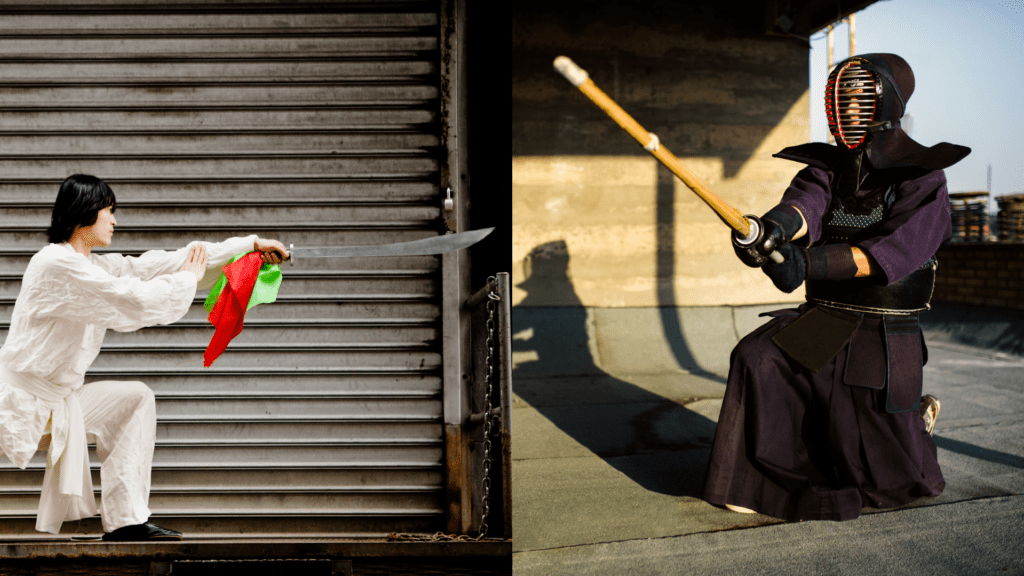
The versatile dao is celebrated for its historical significance in Chinese martial arts and military history. Today, although its use as a weapon is near obsolete due to the invention of firearms, the dao is a symbol of strength, courage, honor, and martial spirit.
In comparison, the katana is well-known as a symbol of Japan’s samurai culture and craftsmanship, holding a deeper spiritual and artistic significance. Many, especially those in the Western World revere it as the pinnacle of sword-making, resulting in its appearance in modern media.

